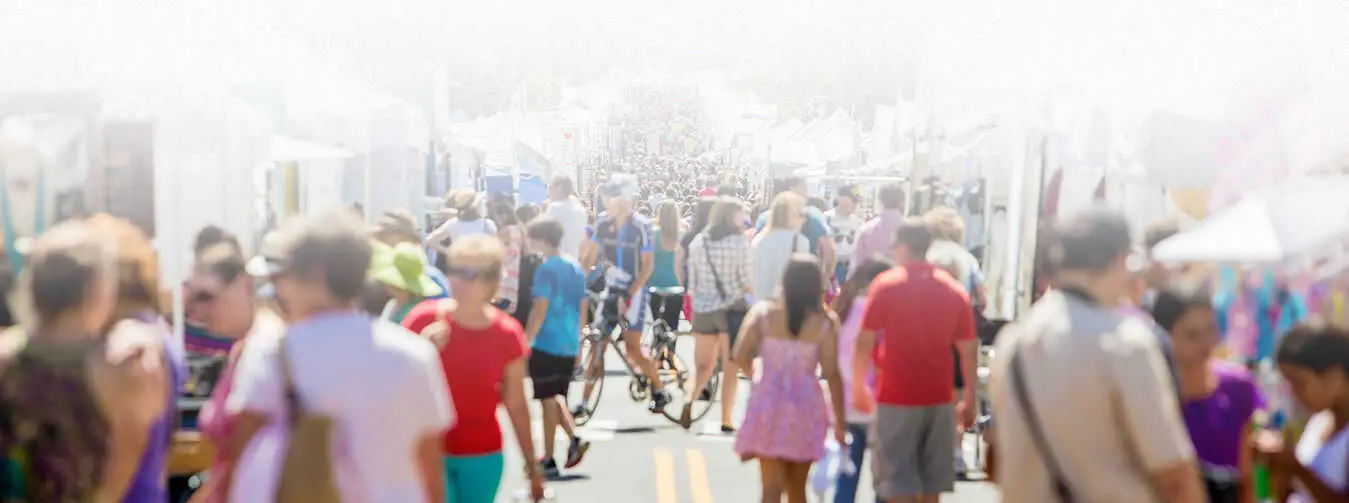Artist Statement for Marie Kazalia:
The art of Marie Kazalia represent the emergence of color and language influences from four expatriate years in Japan, India and China.
An American, born in Toledo, Ohio, with a Bachelor of Fines Arts degree from the California College of Arts in the San Francisco bay area, Marie Kazalia studied Japanese at a private language school in Tokyo, practicing speaking, reading and writing Japanese kanji, hiragana and katakana characters. The hiragana and katakana are the more modern simplified characters most often used on the many large neon signs in the urban centers of Tokyo. The oversized dominant forms of these Asian language characters, as identification or to advertise a product, have held their strong impact on Marie, in conjunction with the Chinese calligraphic characters she enlarges and abstracts by combining, reversing, overlapping, filling, fragmenting and distorting. Each of her works contain variations on various aspects of characters from the written Chinese, Korean, Japanese and others languages-- revealing aspects of the inherent beauty of shapes and structure--and become more like symbols than meaning of words.
Marie Kazalia also traveled, lived and taught in India for one full year, then moved to Hong Kong and enrolled in a Mandarin language course at the Chinese University-- studying conversation, reading, and writing Chinese characters. Being able to read hundreds of the most common Chinese characters made it easier for her when she traveled by train through mainland China (the PRC=Peoples Republic of China) to Beijing, then down to Shanghai, and back to Hong Kong, and during a one month stay in Taipei, Taiwan (the ROC=Republic of China). She was able to read street signs, shop signs and advertisements in Chinese throughout the PRC & ROC.
Now, as returned expatriate, the color influences of Japan, India and China and the forms of the written characters of the languages of these countries, as well as the other Asian countries visited for shorter periods--Thailand, Malaysia, Singapore, and South Korea--reemerge in their new abstracted and combined forms, with overlays of color to obtain the translucency, transparency, or opacity of the drawn stroke visualized before the artist begins.


